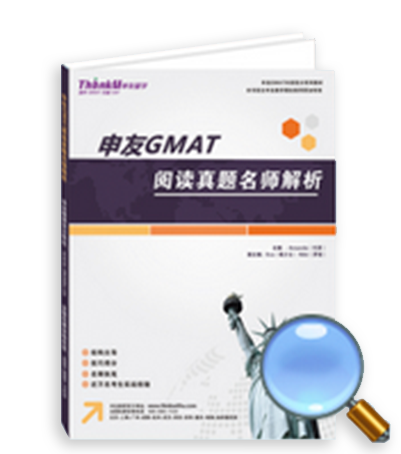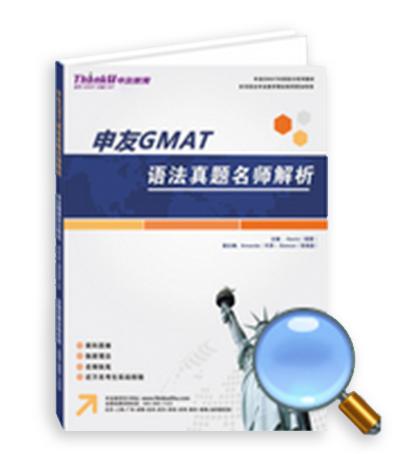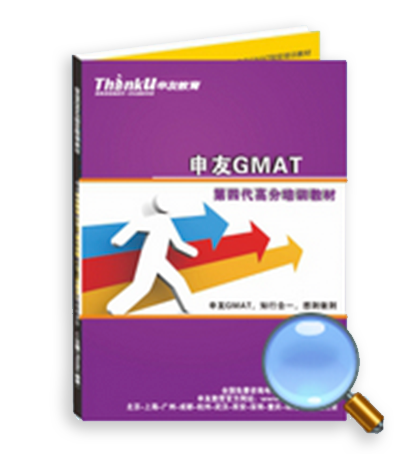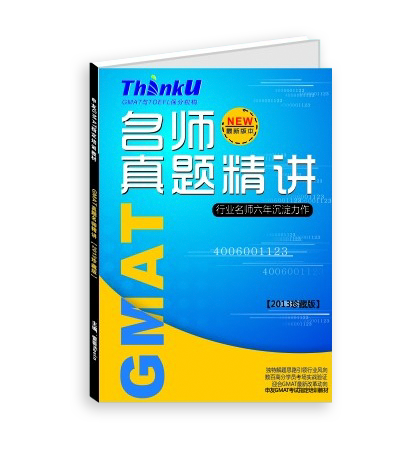播放一次
- 播放一次
- 播放三次
- 循环播放
正常语速
- 0.8倍语速
- 正常语速
- 1.2倍语速
- 1.5倍语速
- 1.8倍语速
-
1
This is Scientific American 60-Second Science. I'm Christopher Intagliata.
这是科学美国人60秒科学。我是Christopher Intagliata。
-
2
The ingredient that makes hot chilies hot is called capsaicin-and it can set your mouth on fire.
使辣椒变热的成分称为辣椒素 - 它可以让你的嘴巴着火。
-
3
But the spicy compound has a soothing effect too: in your gut, it kicks off a chemical cascade that might calm the immune system and reduce inflammation.
但是这种辛辣的化合物也具有舒缓作用:在你的肠道中,它会开启化学级联,可以使免疫系统平静并减少炎症。
-
4
Researchers studied that phenomenon in mice.
研究人员研究了这种现象。
-
5
Once inside the gut, the capsaicin molecules plugged into a specific receptor, spurring the release of another compound, called anandamide.
一旦进入肠道,辣椒素分子就会插入一种特定的受体,刺激释放另一种叫做anandamide的化合物。
-
6
Anandamide happens to be an endocannabinoid-similar to active ingredients in marijuana-which binds to cannabinoid receptors in the gut.
Anandamide恰好是一种内源性大麻素 - 类似于大麻中的活性成分 - 与肠道中的大麻素受体结合。
-
7
That last step in the cascade ramped up the production of cells that damp down inflammation in the mice-and even cured them of a mouse model of diabetes type 1, an autoimmune disease.
级联中的最后一步增加了抑制小鼠炎症的细胞产生 - 甚至治愈了1型糖尿病小鼠模型,这是一种自身免疫性疾病。
-
8
If all this sounds a bit similar to the chemical messaging that happens in the brain... that's because it is.
如果所有这些听起来有点类似于大脑中发生的化学信息...那是因为它是。
-
9
"The gut has a very large nervous system.
“肠道有一个非常大的神经系统。
-
10
It's almost as large as the brain itself.
它几乎和大脑本身一样大。
-
11
Pramod Srivastava, an immunologist at UConn Health and one of the study's leaders.
Pramod Srivastava,UConn Health的免疫学家,也是该研究的领导者之一。
-
12
"We don't quite fully understand what this huge amount of neurons are doing in the gut.
“我们还没有完全理解这些神经元在肠道中的作用。
-
13
We don't understand its language, and the molecules and mediators.
我们不了解它的语言,分子和介体。
-
14
And I think with this work we can at least claim to have found a couple of words in that language."
而且我认为通过这项工作,我们至少可以声称用这种语言找到了几个词。“
-
15
The study is in the Proceedings of the National Academy of Sciences.
该研究发表在美国国家科学院院刊上。
-
16
So to recap that chemical chain: chilies cause the production of endocannabinoids, which produce immune suppressant cells, which soothe inflammation.
因此,回顾一下化学链:辣椒会导致内源性大麻素的产生,内源性大麻素会产生免疫抑制细胞,从而缓解炎症。
-
17
So, what if you cut out the chili initiator, and just eat cannabinoids-pot brownies, stuff like that?
那么,如果你切掉辣椒的发起者,只吃大麻素 - 罐装布朗尼蛋糕,这样的东西怎么办?
-
18
"Obviously we are very interested in people who use edible cannabinoids.
“显然,我们对使用食用大麻素的人非常感兴趣。
-
19
I'm extremely curious if people with colitis or Crohn's disease, who are edible pot users, do they benefit from it?
如果患有结肠炎或克罗恩病的人,他们是可食用的锅用户,他们是否从中受益,我非常好奇?
-
20
I have no idea.
我不知道。
-
21
But it's something we can now find out because sizable numbers of people are consuming those edibles."
但这是我们现在可以找到的东西,因为有相当数量的人正在消费这些食物。“
-
22
Thanks for listening, for Scientific American 60-Second Science. I'm Christopher Intagliata.
感谢您对科学美国人60秒科学的倾听。我是Christopher Intagliata.






 400-1816-180
400-1816-180
















































































 请填写手机号
请填写手机号










 12G备考资料
12G备考资料